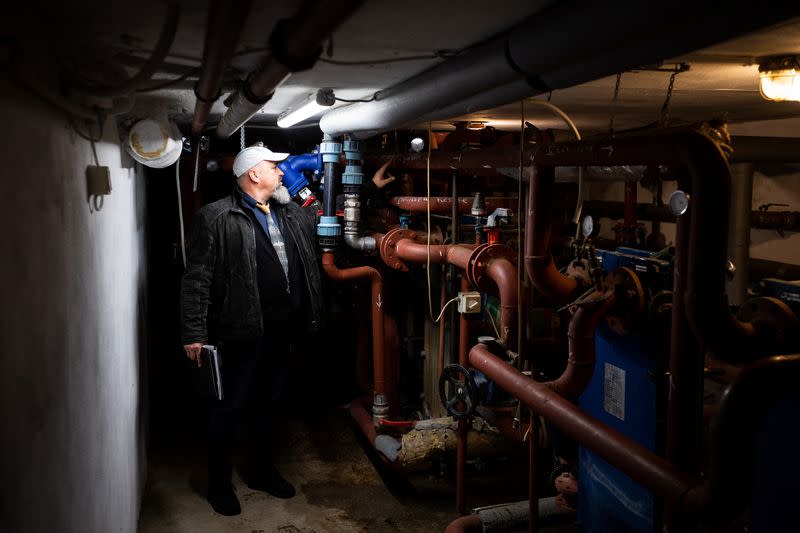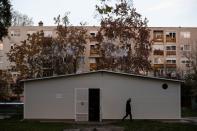Beyond the spa: geothermal bubbles up to heat Hungary's homes
By Krisztina Fenyo
SZEGED, Hungary (Reuters) - Balazs Veres and his family used to live in one of Hungary's many blocks of flats kept warm by communal heating that relied on Russian gas.
They can hardly believe their luck after moving in March into a flat heated by some of Hungary's ample reserves of geothermal energy.
The result is they have doubled their living space and halved their utility bills even as most of Europe faced a surge in energy costs following the invasion of Ukraine by major oil and gas exporter Russia.
Veres, 31, said he had been looking for a home with renewable energy but the geothermal heating had not been the primary reason for their choice.
"It was rather another plus when we decided to buy this particular flat," he said.
The family heating bill in their previous home of 47-square-metres in the southern city of Szeged near the Serbian border was between 25,000 forints and 30,000 forints ($63-$76) per month.
They are paying half that in their more spacious new home that is one of 593 flats that benefit from a project begun in 2017 and partly funded by the European Union to shift the city of Szeged from gas to geothermal power.
"The goal is to replace half of the entire fossil fuel-based energy use (with geothermal)," said Balazs Kobor, managing director of Szegedi Tavfuto Kft.
That would place the city far ahead of the rest of the country where Russian gas covers about 80% of its annual gas consumption and Russian crude accounts for about 65% of its oil supplies via the Druzhba pipeline.
According to the latest available figures from the International Energy Agency (IEA), geothermal energy accounted for only 5% of Hungary's renewables, which made up 14.8% of final consumption. Most of the rest of the renewable use came from biomass.
In a 2022 report on Hungary, the agency said the country should further exploit its "very good geothermal potential".
As the whole of Europe seeks to increase the use of carbon-free renewable energy and decrease dependence on imported hydrocarbons, the Hungarian government passed a decree in October to increase geothermal use, but has yet to implement any concrete measures.
In Szeged, which has 170,000 inhabitants, Kobor said they had drilled 27 wells, nine of which draw geothermal water of a temperature of up to 93 degrees Celsius (199.4°F) and 18 of which return water, once its heat has been extracted, into reservoirs at a depth of up to 2,000 meters (6,562 ft).
The geothermal water that eventually heats the floor of the Veres' flat will have first warmed up the Szeged city hall, several educational institutions and other flats.
($1 = 395.2000 forints)
(Reporting by Krisztina Fenyo, writing by Krisztina Than; editing by Barbara Lewis)

 Yahoo Finance
Yahoo Finance 









